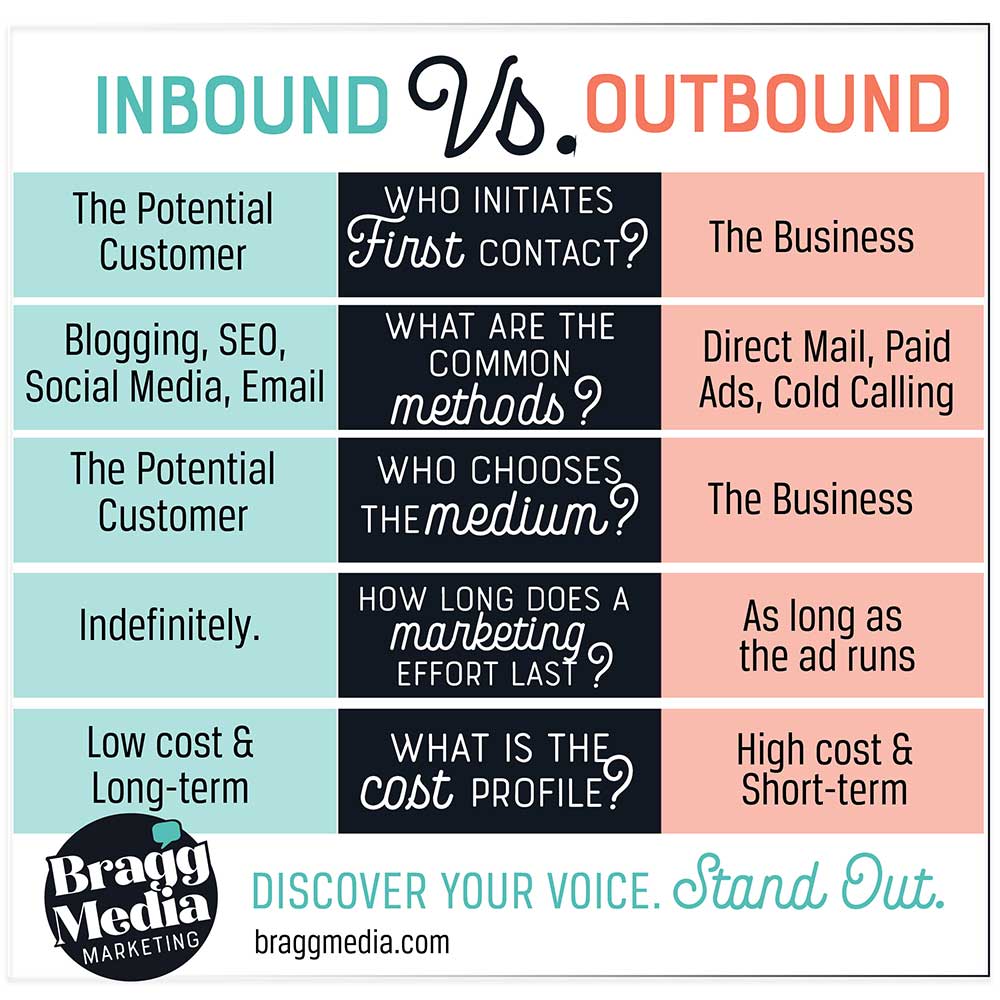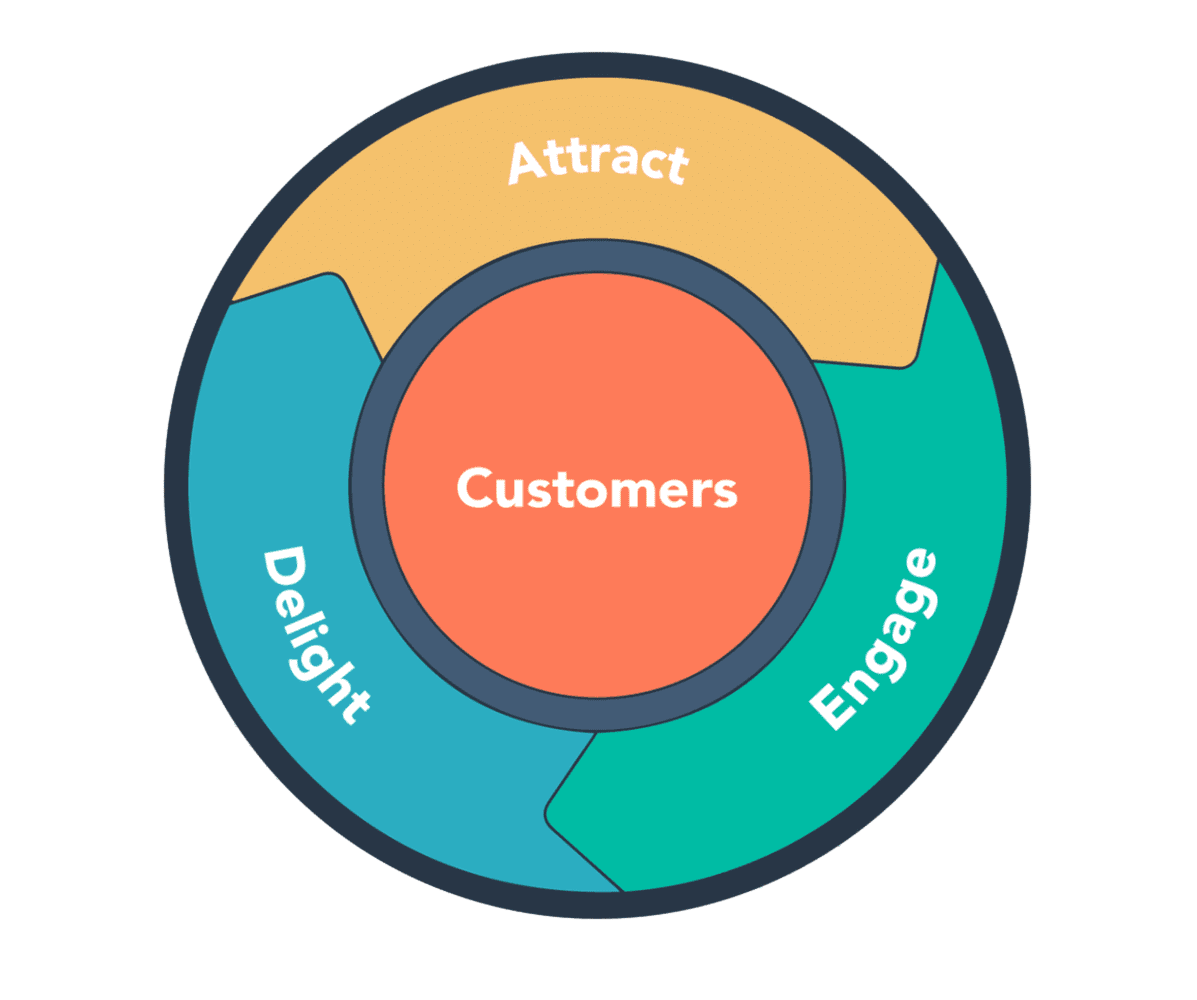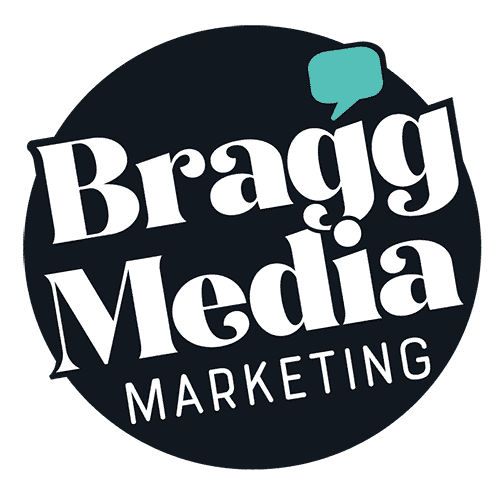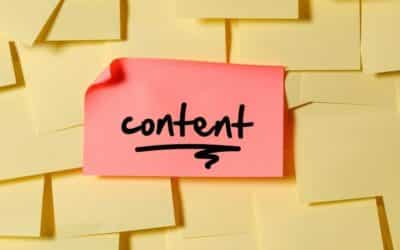What is inbound marketing?
Inbound marketing is about creating value for your target audience and translating that into followers, leads, customers and promoters. We use helpful content to encourage prospects to fill out an online form, subscribe to your email list, follow your blog and engage with your social media. From there, we provide value through content — which builds a relationship, establishes credibility and creates authority. Eventually, this inbound content strategy will convert prospects into actual customers.
Inbound has roots in relationship and permission marketing in which the focus is on building relationships with customers through value. This evolved into inbound marketing, a trust-building strategy built around these important relationships (through lead generation). Inbound marketing cultivates relationships through various tactics, channels, and long-term plans.

Understand the Buyer’s Journey
To execute inbound marketing methodology, it’s important to understand all of the stages of the buy cycle.
Attract
Everything starts with attracting your target audience with:
- Blogging
- Content marketing
- Search engine optimization (SEO)
- Social media marketing
- Email marketing
This cannot be accomplished without thoroughly researching what challenges your audience is facing and how this translates to search terms. What type of content is your audience looking for?
Convert
Lead generation is far easier when visitors have come across your content and received value from it. But that doesn’t mean that visitors will naturally submit their contact information.
The inbound marketing imperative is a value-driven call to action — which offers a free report, more helpful content, educational videos, webinar registrations or downloadable PDFs — that can be found on website landing pages, popups or other areas of your website.
Close
At the end of the day, the goal is to convert targeted leads into customers. Through the process of educating prospects, providing value, and continuous engagement, you’ll be able: The obvious goal is for targeted leads to become customers. Through the process of educating prospects, providing value, and continuous engagement, you’ll be able:
- to build a relationship of trust
- to establish credibility
- to create authority
Delight
The inbound philosophy is all about adding value for the potential client — even when they decide to hire a different marketing agency. As the expert in your industry, providing outstanding content, free gifts and helpful updates solidifies your expert status. This increases the likelihood of generating leads to sales and to build a brand that has staying power. Multiple channels (email, social media, blogs) are used to follow up with potential customers and, in many cases, your new followers can be leveraged to promote your business.

Many sales and marketing professionals talk about the buyer’s journey — attract, convert, close, delight. While it’s important to understand each stage of the buyer’s journey, the sales funnel process has a new model — the flywheel. Traditional sales funnels focus on putting their customer through the business’ process. The flywheel method recommends developing a process around your customer.
When the flywheel is moving, your business is profitable. When it stops moving or slows, it means that something has hindered the customer process — a slow e-commerce website, lack of follow-up or the inability to answer sales questions.
When businesses are successful at applying this model to their business, there is a positive customer experience — including sales, marketing and customer service.
How to apply Inbound Marketing
To attract targeted prospects and convert them to qualified leads, we research what kind of information people are searching for. We follow that up by looking for content topics that are popular in competing and related websites. Based on this information, we create content that is relevant and valuable to your audience’s needs and desires.
Why your next website should be an inbound website
How to leverage content marketing:
Consistent, helpful blog articles
Cross link blogs with other websites
Create helpful videos for YouTube, Vimeo or InstagramTV
Targeted e-mail marketing
Search Engine Optimization
Share interesting content on social media
Eye-catching, high-quality visuals
Once people come across your content, they’ll be presented with an opportunity for even more helpful information they need. This can be done with a link back to your landing page or an opportunity to download a free report when they’re already on your website.
Leads are sent through a nurturing follow-up campaign. They’ll continue to receive great information and will eventually receive an offer to make a purchase. By using an advanced marketing automation platform, we follow up with content and offers based on the actions that prospects have taken (content read, links clicked, channels used, products browsed, etc.).
Inbound Marketing vs.
Outbound Marketing
Inbound marketing is about attracting and winning prospects over by presenting and adding value.Outbound marketing is about pushing a marketing message focused on generating the sale. Traditional outbound marketing channels usually include offline advertising, online display ads, pay per click campaigns, and sponsored social media campaigns. Inbound channels typically include SEO, social media, email marketing, and blogs.
Inbound is pull marketing designed to attract while outbound is push marketing designed to sell. With inbound marketing, your audience comes to you with quality content that has a long shelf life. With outbound marketing, you blast out messages to your audience for short-term gains.
It’s important to note that inbound can use paid ads as part of an overall marketing strategy that is well thought out and measured. Basically, inbound and outbound marketing strategies share the same goal but each one has a different way of getting there.
Inbound Marketing by the Numbers
- Compared to outbound strategies, leads generated from inbound strategy are acquired at a 61 percent lower cost
- Conversion rates are twice as higher for inbound marketers compared to outbound marketers
- Many marketers now prefer inbound because they say that they’re seeing a higher ROI than their outbound strategies
- Inbound leverages existing audiences for further growth. This means that generating more leads, followers and customers become easier later on down the line
- 80 percent of B2B buyers prefer finding businesses through content and the average consumer spends 53 percent of the buying cycle in search engines
You Might Find these Articles Helpful
The ‘Low-Hanging Fruit’ of Marketing: Your Customers
A huge part of marketing is attracting new customers. But don’t forget that engaging your existing customers should also be a part of your marketing strategy. Consider it the “low-hanging fruit” of marketing. You’ve already put the time and effort into bringing these...
How a marketing agency can help your Michigan business
Whether you’re about to launch a new Michigan business or you're a long-time business owner, marketing is super important to your business’s success. Not only is marketing what launches your business into the public consciousness — allowing you to get your first...
Why the Pure Michigan Marketing Campaign Has Had a Lasting Effect
Pure Michigan is considered to be one of the nation’s great state branding success stories. Locally, it has become the unofficial state motto. Pure Michigan appears on everything from license plates to agricultural products. Local state officials also praise the...
Why you should start a blog for your Michigan business
No matter what stage you’re at with your Michigan business, your website’s blog will increase website traffic while attracting your ideal customer at the same time. Sure, blogging might seem outdated in our current world that’s saturated with social media. But it’s...
How to get traffic after you launch a website
You’ve just spent a significant portion of your marketing budget on a brand new website. You’ve sat through countless meetings with the website agency. You’ve tested the website. You’ve gotten unsolicited feedback from your wife’s cousin’s best friend. Now, you’re...
Content marketing fails and how to avoid them
There’s nothing more frustrating than spending hours creating content for your business just to see it completely flop. Few views, little engagement, no conversions — what happened? The common culprit? You’re lacking a good content marketing strategy, if you even had...








